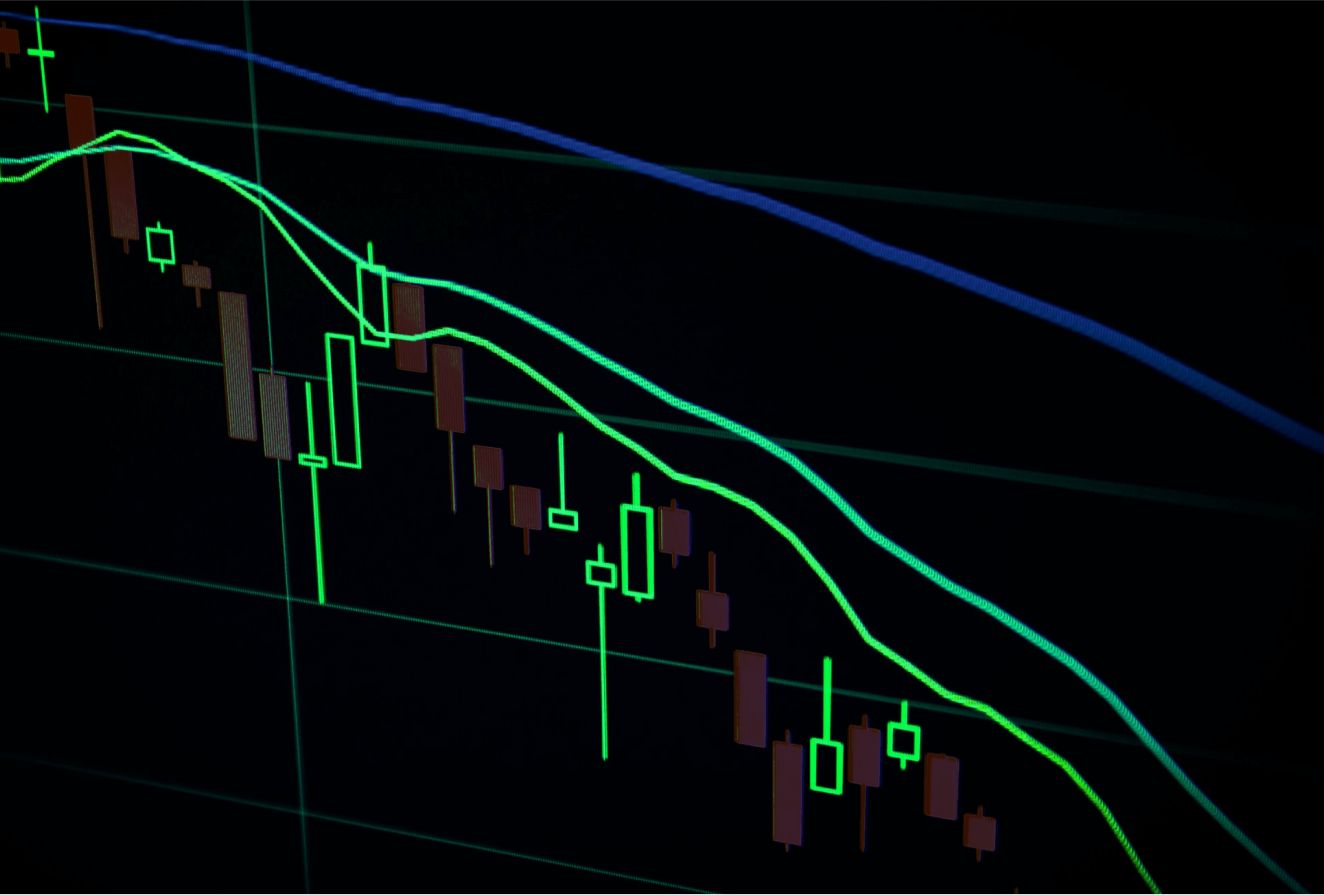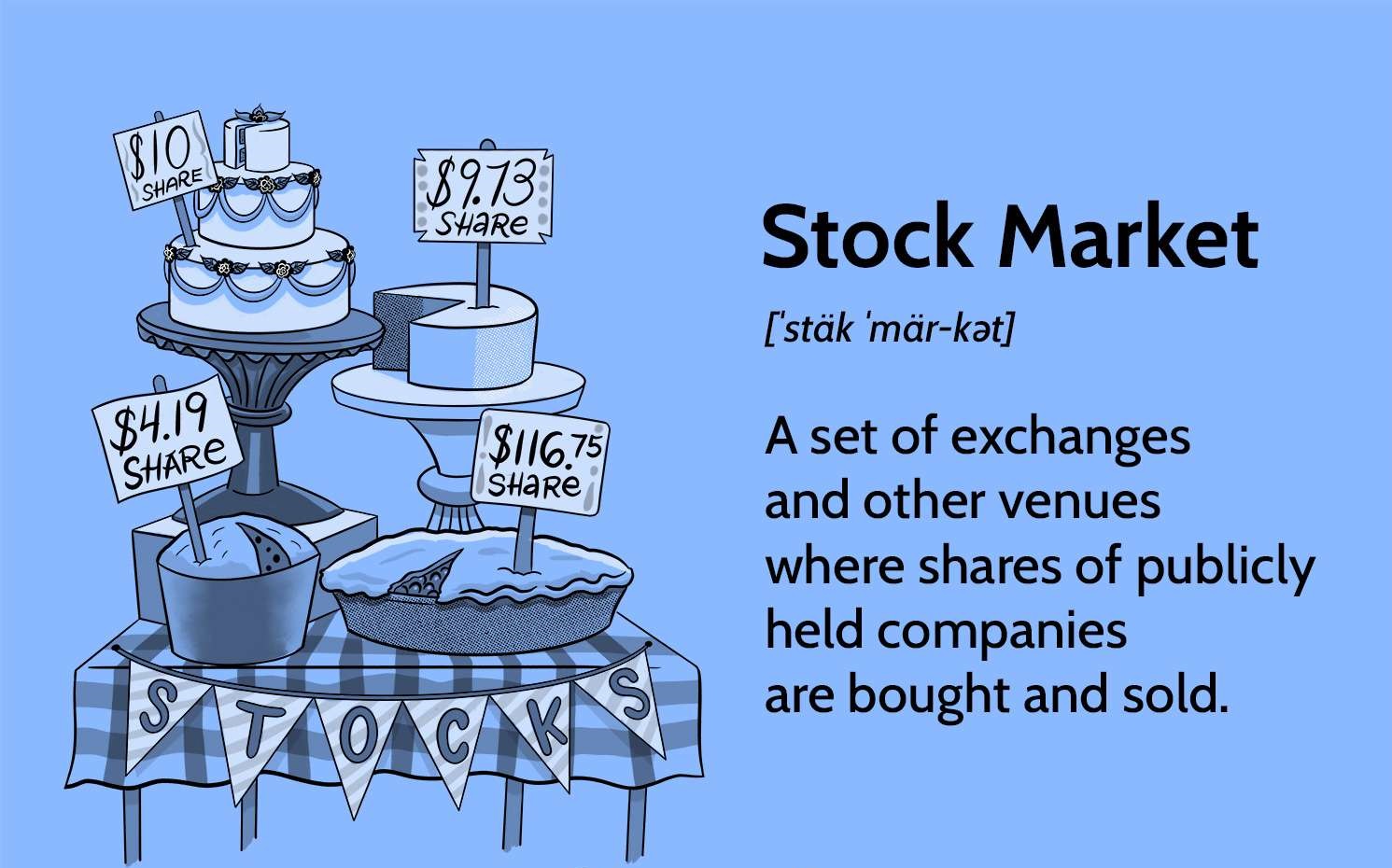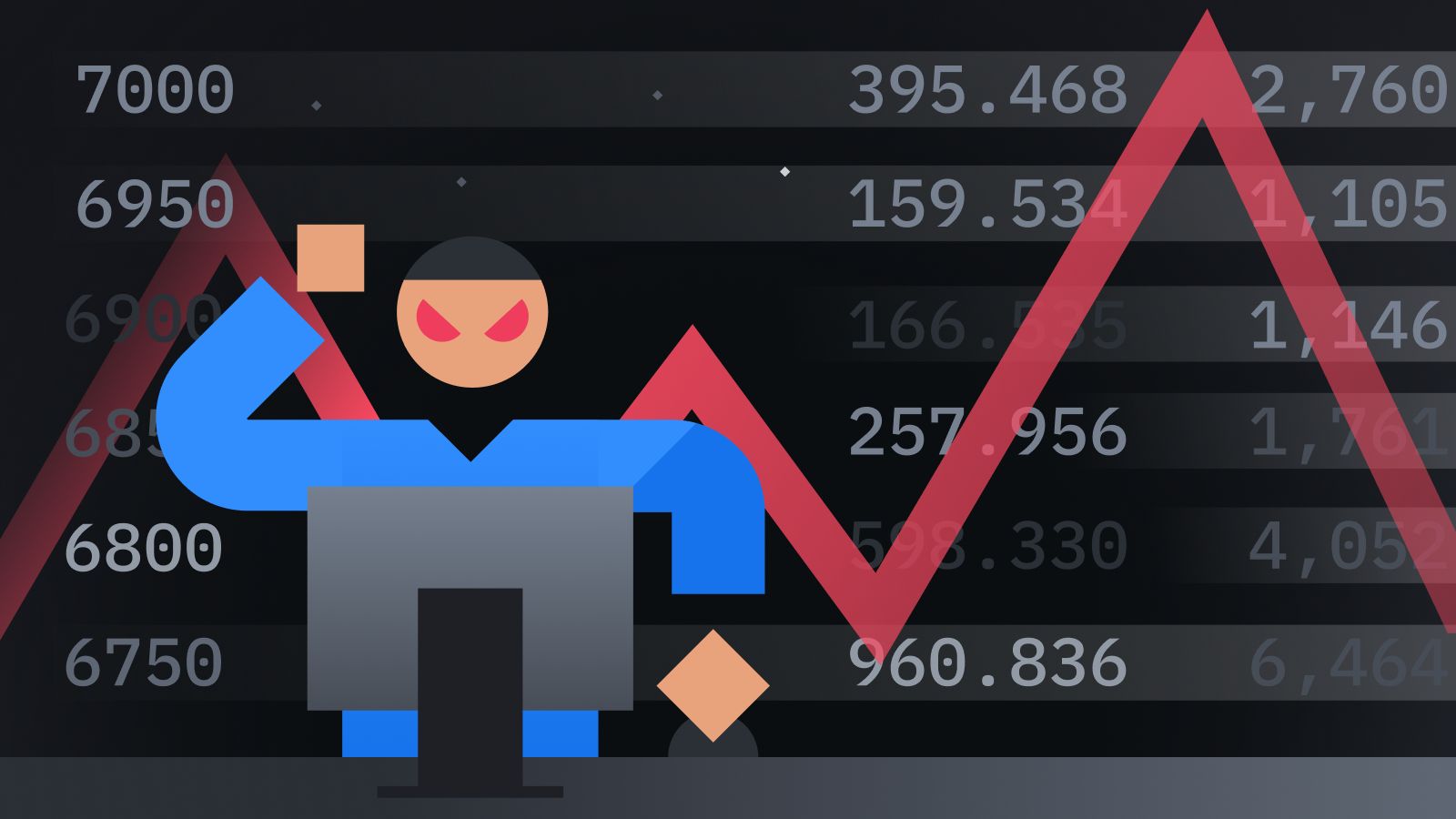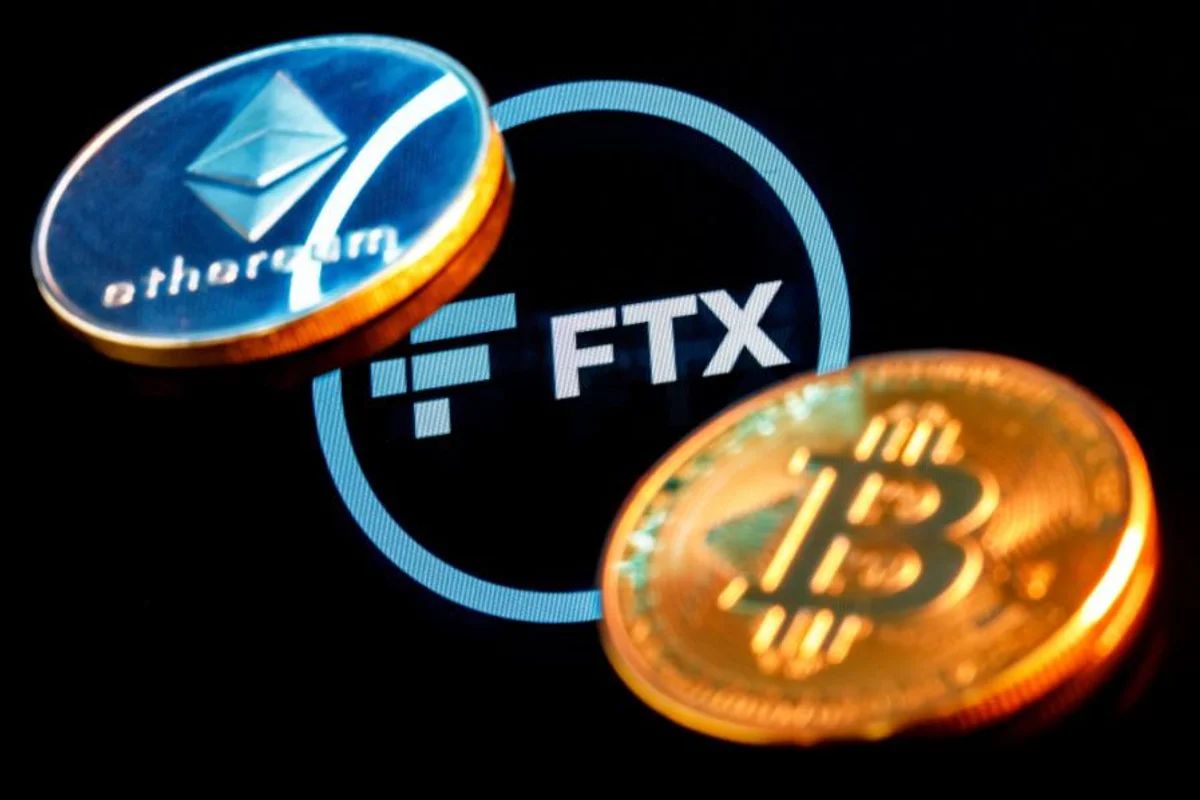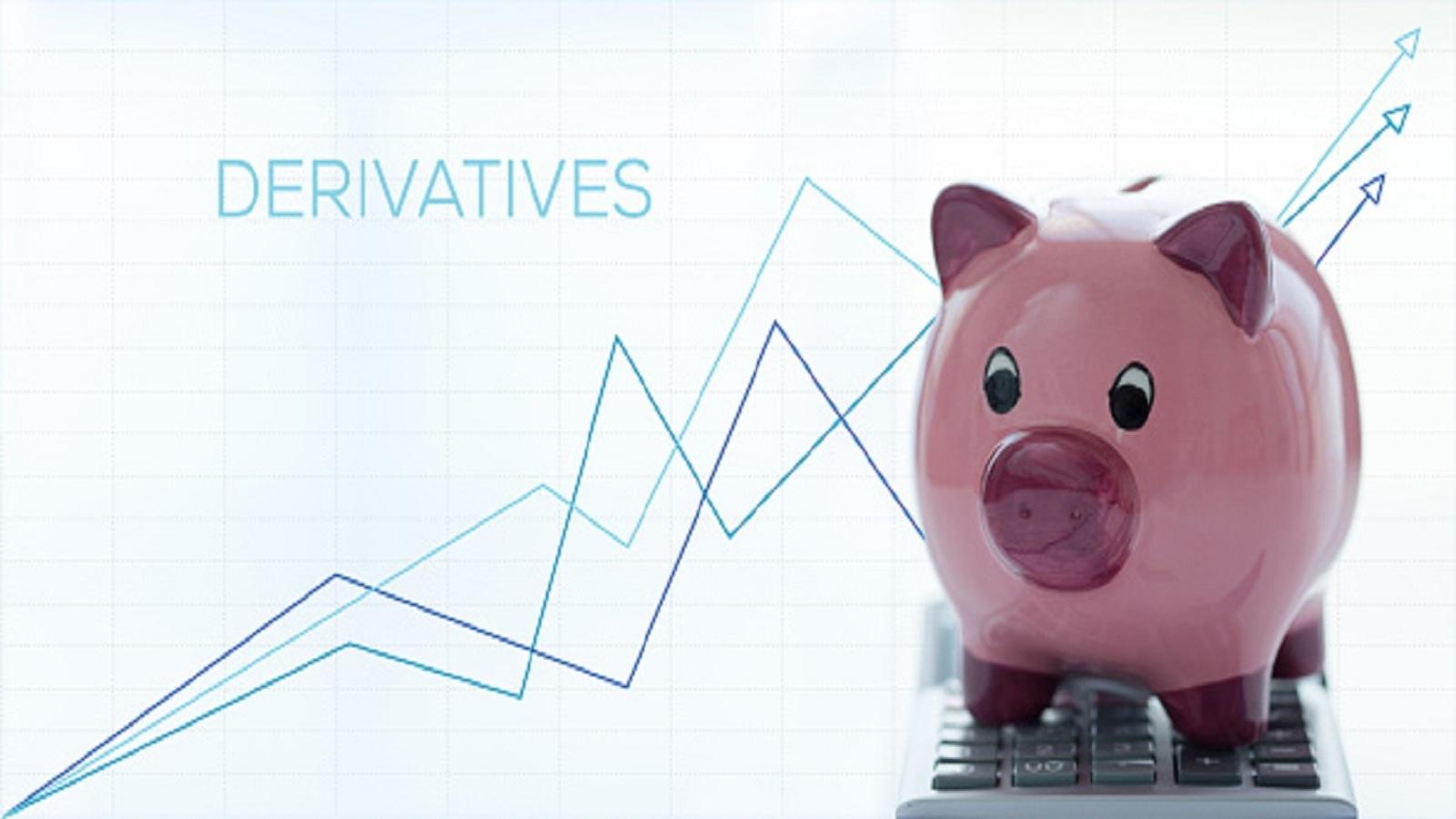Introduction
Welcome to the exciting world of High-Frequency Trading (HFT), where computers and algorithms dominate the financial markets. HFT trading has revolutionized the way transactions are executed in the stock market, enabling traders to make lightning-fast trades in microseconds. The use of advanced technology and complex algorithms has enabled HFT traders to gain a competitive edge and capitalize on even the smallest price fluctuations.
HFT trading is a highly specialized form of trading that involves the use of powerful computers, sophisticated software, and lightning-fast data connections. It is characterized by its focus on speed, accuracy, and efficiency. While HFT trading has been around for several decades, it has gained significant attention and popularity in recent years, thanks to advancing technology and increased market volatility.
At its core, HFT trading is driven by the goal of taking advantage of short-term market inefficiencies. By leveraging vast amounts of market data and executing trades at incredibly high speeds, HFT traders aim to profit from small price discrepancies that may only last for a fraction of a second.
HFT trading is not without controversy and has attracted both praise and criticism. Proponents argue that HFT trading enhances market liquidity, improves price discovery, and narrows bid-ask spreads. On the other hand, critics raise concerns about market manipulation, unfair advantages for HFT firms, and potential systemic risks to the financial system.
In this article, we will explore the world of HFT trading, delve into its workings, discuss the role of algorithms, examine its advantages and risks, and shed light on the regulatory measures put in place to ensure fair and orderly markets.
So, fasten your seatbelt and get ready to dive into the fascinating world of High-Frequency Trading.
Definition of HFT Trading
High-Frequency Trading (HFT) refers to the practice of using advanced technology and algorithms to execute a large number of trades in a fraction of a second. It is a form of automated trading that relies on computers to analyze market data, identify trading opportunities, and execute trades at lightning-fast speeds.
Unlike traditional trading methods, which involve human traders manually executing trades, HFT trading is fully automated. It utilizes complex algorithms that can process vast amounts of data and execute trades in milliseconds, allowing traders to take advantage of even the smallest price discrepancies.
HFT trading strategies can vary, but they often involve buying and selling stocks, futures, options, and other financial instruments within extremely short timeframes. These trades can occur within fractions of a second, making it virtually impossible for human traders to compete on the same level.
Key characteristics of HFT trading include:
- Speed: HFT traders rely on powerful computers and low-latency data connections to execute trades at lightning-fast speeds. The goal is to minimize the time it takes to analyze market data, make trading decisions, and execute trades.
- Volume: HFT traders engage in a high volume of trades, often executing thousands or even millions of trades in a single day. These trades are typically small in size but can add up to significant profits due to the sheer quantity of trades executed.
- Arbitrage: HFT traders often employ arbitrage strategies, which involve taking advantage of price discrepancies between different markets or exchanges. By exploiting these price discrepancies, HFT traders can profit from small, short-term market inefficiencies.
- Market Making: Some HFT firms engage in market-making activities, where they provide liquidity by continuously offering to buy and sell securities. By quoting bid and ask prices, these firms help to ensure smooth and efficient market operations.
Overall, HFT trading is a complex and technological-driven approach to trading that thrives on speed, volume, and exploiting short-term market inefficiencies. It has become an integral part of modern financial markets and has reshaped the way trades are executed.
How Does HFT Trading Work?
HFT trading relies on a combination of advanced technology, complex algorithms, and high-speed data connections to execute trades with lightning-fast precision. Let’s take a closer look at the key components and steps involved in the HFT trading process.
Data Acquisition: The first step in HFT trading is to acquire and process vast amounts of market data. HFT traders rely on direct data feeds from exchanges or specialized data providers to access real-time market data, including price quotes, order book information, and trade execution data.
Data Analysis: Once the market data is acquired, it is processed and analyzed by sophisticated algorithms. These algorithms are designed to identify patterns, trends, and market inefficiencies that could lead to profitable trading opportunities. The algorithms use various statistical models, machine learning techniques, and quantitative analysis to make trading decisions.
Trade Execution: When a potential trading opportunity is identified, the HFT algorithms generate buy or sell orders. These orders are then sent to the trading platform connected to the exchange or trading venue. HFT traders rely on high-speed, low-latency connections to ensure that the orders are executed quickly and efficiently. The goal is to minimize the time it takes from order generation to actual trade execution.
Risk Management: Risk management plays a crucial role in HFT trading. HFT firms employ sophisticated risk management systems that continuously monitor market conditions and adjust trading strategies accordingly. These systems have built-in safeguards to mitigate the risks associated with fast-paced trading, such as position limits, stop-loss orders, and circuit breakers.
Co-location: To gain an extra edge in speed, HFT firms often choose to co-locate their servers near the exchanges’ data centers. This physical proximity reduces latency and allows for faster data transmission and trade execution.
Market Impact: Given the high volume of trades executed by HFT firms, they need to be mindful of their market impact. Large orders can move the market and potentially negate the profitability of the strategy. To avoid this, HFT firms often slice their orders into smaller, manageable sizes and employ sophisticated order routing algorithms to minimize market impact.
Overall, HFT trading is a complex process that relies on cutting-edge technology, advanced algorithms, and lightning-fast data connections. By leveraging speed, data analysis, and sophisticated risk management techniques, HFT traders aim to capitalize on short-term trading opportunities and generate profits in the rapidly changing financial markets.
The Role of Algorithms in HFT Trading
Algorithms are the heart and soul of High-Frequency Trading (HFT). They play a critical role in analyzing market data, making trading decisions, and executing trades with precision and speed. Let’s explore the key aspects of algorithms in HFT trading.
Data Analysis: Algorithms in HFT trading are designed to process and analyze vast amounts of market data in real-time. They use various statistical models, mathematical formulas, and quantitative analysis techniques to identify patterns, trends, and market inefficiencies that could lead to profitable trading opportunities. These algorithms can detect even the most subtle price discrepancies that may only exist for a fraction of a second.
Decision Making: Once the algorithms analyze the market data, they generate buy or sell signals based on predefined criteria or trading strategies. These criteria can include factors like moving averages, volume patterns, volatility levels, and order book dynamics. The algorithms take into account a multitude of variables and market conditions to make informed trading decisions in microseconds.
Order Generation: After determining the trading signals, the algorithms generate buy or sell orders according to the predefined trading strategy. The order generation process involves calculating the optimal trade size, setting limit or market orders, and considering factors like liquidity and transaction costs.
Risk Management: Algorithms used in HFT trading incorporate robust risk management measures to mitigate potential risks. These algorithms continuously monitor market conditions, assess portfolio exposure, and adjust trading strategies accordingly. Risk management algorithms may include mechanisms to set stop-loss orders, manage position sizes, and dynamically adapt to changing market volatility.
Order Routing: In HFT trading, algorithms play a crucial role in determining the most efficient way to route trades to various exchanges or trading platforms. They assess factors like order book depth, liquidity, execution speed, and transaction costs to determine the optimal route for executing trades. The goal is to minimize execution time and maximize the likelihood of favorable outcomes.
Adaptability: Algorithms in HFT trading are designed to adapt to changing market conditions in real-time. They can automatically adjust their parameters and strategies based on incoming data and market signals. This adaptability allows HFT traders to quickly respond to market fluctuations and optimize their trading performance accordingly.
The role of algorithms in HFT trading cannot be overstated. They are the driving force behind the speed, accuracy, and efficiency of HFT strategies. By leveraging powerful algorithms, HFT traders are able to process vast amounts of market data, make split-second trading decisions, and execute trades at lightning-fast speeds, ultimately aiming to achieve consistent profitability in highly competitive financial markets.
Advantages of HFT Trading
High-Frequency Trading (HFT) has garnered attention and popularity in the financial industry due to several key advantages it offers. Let’s explore some of the primary benefits of HFT trading.
Increased Liquidity: HFT trading contributes to market liquidity by continuously providing buy and sell orders. HFT firms act as market makers, offering to buy or sell securities, which helps ensure that there are always willing buyers and sellers in the market. This liquidity provision enhances market efficiency and facilitates smoother trading operations.
Tight Bid-Ask Spreads: HFT trading can lead to tighter bid-ask spreads, which is the difference between the highest price that a buyer is willing to pay and the lowest price that a seller is willing to accept. By executing trades quickly and efficiently, HFT firms reduce the spread, narrowing the price difference and benefiting all market participants.
Increased Market Efficiency: HFT trading plays a vital role in improving market efficiency. Through their high-speed trading capabilities, HFT firms help match buyers and sellers more efficiently, leading to quicker price discovery and reducing the impact of large trades on market prices. This increased efficiency benefits investors, as they can obtain fairer and more accurate pricing.
Enhanced Price Discovery: HFT trading brings valuable information to the market, contributing to accurate price discovery. By rapidly analyzing vast amounts of market data, HFT algorithms identify and exploit price discrepancies, ensuring that prices more accurately reflect market conditions. This contributes to fairer prices and enables more informed investment decisions.
Improved Market Quality: HFT trading has been shown to improve the overall quality of financial markets. The presence of HFT firms creates deeper and more liquid markets, reduces price volatility, and enhances market resilience during times of stress. These improvements ultimately benefit all market participants, as they can trade with greater efficiency and confidence.
Lower Transaction Costs: HFT trading can lead to lower transaction costs for investors. By providing liquidity and narrowing bid-ask spreads, HFT firms reduce the costs associated with executing trades. The reduced transaction costs result in savings for investors, boosting their overall returns.
Efficient Use of Capital: HFT trading allows investors to deploy their capital more efficiently. By executing a large number of trades within short timeframes, HFT traders can quickly enter and exit positions, optimizing the use of capital. This agility provides investors with more flexibility and the ability to react swiftly to changes in market conditions.
It is important to note that while HFT trading brings these advantages, it also comes with certain risks and concerns. Market participants and regulators need to carefully consider the overall impact of HFT on the financial markets and strike a balance that ensures fairness, transparency, and stability.
Risks and Concerns in HFT Trading
While High-Frequency Trading (HFT) offers various advantages, it is not without its risks and concerns. Let’s delve into some of the primary risks and concerns associated with HFT trading.
Market Volatility: HFT trading, with its high-speed and high-volume nature, can contribute to increased market volatility. The rapid execution of trades by HFT firms can amplify price fluctuations, leading to sudden spikes or drops in market prices. These price movements can be unpredictable and potentially disruptive to overall market stability.
Market Manipulation: There are concerns that certain HFT strategies can be used for market manipulation purposes. HFT firms could engage in quote stuffing, layering, or other manipulative practices to create false impressions of supply and demand, leading to artificially inflated or depressed prices. Regulators have implemented measures to detect and prevent such manipulative practices, but the risk remains.
Systemic Risk: HFT trading has the potential to introduce systemic risks to the financial system. The interconnectedness of HFT firms and their heavy reliance on technology create the risk of cascading failures if a single firm or trading system experiences technical glitches or malfunctions. These failures can disrupt market functioning and cause widespread financial instability.
Uneven Playing Field: Critics argue that HFT trading creates an uneven playing field, giving an unfair advantage to HFT firms over individual investors or small traders. The speed and sophistication of HFT algorithms can make it challenging for traditional traders to compete, potentially leading to a concentration of power and limited market access for smaller players.
Lack of Transparency: The complex nature of HFT trading can make it difficult to monitor and regulate. The proprietary algorithms used by HFT firms are often closely guarded secrets, making it challenging for regulators to fully understand and assess their impact on the markets. This lack of transparency raises concerns about market integrity and investor protection.
Flash Crashes: HFT trading is associated with the risk of flash crashes, which are sudden and severe market declines that occur within a very short period. The rapid execution of trades by HFT firms can exacerbate market downturns, leading to increased price volatility and liquidity shocks. The 2010 Flash Crash is a notable example of such an event.
Dependency on Technology: HFT trading relies heavily on advanced technology systems and infrastructure. Any technical issues, such as connectivity problems or software glitches, can disrupt trading operations and lead to financial losses. The reliance on technology also introduces the risk of cybersecurity threats, including hacking and data breaches.
It is important for regulators to address these risks and concerns to ensure the stability, fairness, and integrity of financial markets. Striking a balance between allowing innovation and maintaining proper oversight is crucial in managing the risks associated with HFT trading.
Regulatory Measures for HFT Trading
With the increasing prevalence and impact of High-Frequency Trading (HFT), regulatory bodies around the world have introduced measures to oversee and regulate this form of trading. Let’s explore some of the key regulatory measures implemented for HFT trading.
Registration and Licensing: Regulators require HFT firms to register and obtain proper licenses to engage in high-frequency trading activities. This allows regulators to have an overview of the HFT landscape, monitor their activities, and ensure compliance with relevant regulations.
Market Surveillance: Regulatory bodies employ sophisticated surveillance systems to monitor HFT trading activities. These systems analyze market data, including trade executions, order book dynamics, and other relevant information, to detect potential market manipulation, abusive trading practices, or irregularities.
Circuit Breakers and Volatility Controls: To mitigate the risk of excessive volatility and flash crashes, regulators have implemented circuit breakers and volatility controls. These mechanisms temporarily halt trading or impose restrictions on price movements when predetermined thresholds are breached. This helps prevent rapid price fluctuations and allows market participants to reevaluate their positions during periods of high volatility.
Limits on Order-to-Trade Ratios: Regulators impose limits on the order-to-trade ratios for HFT firms. These limits aim to address concerns about excessive order volume and to prevent the potential negative consequences of algorithmic trading overwhelming the market with a high number of unfilled or canceled orders.
Trade Reporting and Transparency: Regulatory bodies require HFT firms to report trades and provide transparency into their activities. This enables regulators to monitor trading patterns, analyze market impact, and identify potential market abuse. Transparent reporting also helps support fair and orderly markets and assists in assessing the overall impact of HFT trading.
Risk Controls: Regulators have put in place requirements for HFT firms to have robust risk control systems. These systems include measures such as position limits, real-time monitoring of trading activity, pre-trade risk checks, and the implementation of appropriate risk management practices. These controls aim to mitigate the potential risks associated with HFT trading and protect the stability of the financial system.
International Coordination: Recognizing the global nature of HFT trading, regulators engage in international coordination and collaboration. This ensures consistent regulatory frameworks and facilitates the sharing of best practices and information among jurisdictions. International coordination helps address cross-border issues and maintain a level playing field for global market participants.
Regulatory measures for HFT trading aim to strike a balance between promoting market efficiency and ensuring market integrity. By implementing these measures, regulators seek to address risks and concerns associated with HFT trading, provide investor protection, and maintain confidence in the financial markets.
Conclusion
High-Frequency Trading (HFT) has transformed the landscape of financial markets, offering numerous advantages and introducing new challenges. Through the use of advanced technology, complex algorithms, and lightning-fast execution speeds, HFT trading has enhanced market liquidity, improved price discovery, and increased market efficiency.
However, HFT trading is not without its risks and concerns. It has the potential to amplify market volatility, create unfair advantages, and introduce systemic risks. Market manipulation, lack of transparency, and dependence on technology are among the key concerns that regulators aim to address through regulatory measures.
Regulators have implemented various measures to oversee and regulate HFT trading. These measures include registration and licensing requirements, market surveillance systems, circuit breakers, limits on order-to-trade ratios, trade reporting, risk controls, and international coordination. Through these measures, regulators strive to strike a balance between allowing innovation and ensuring the stability, fairness, and integrity of financial markets.
As HFT trading continues to evolve and markets become increasingly complex, it is crucial for regulators to remain vigilant and adapt to new challenges. Ongoing monitoring, transparent reporting, and collaboration among international regulators are essential to effectively manage the risks associated with HFT trading.
Ultimately, the impact of HFT trading will continue to shape the financial industry. With proper regulations and oversight, HFT trading can contribute to market efficiency, liquidity, and price discovery, benefiting all market participants. The key lies in finding the right balance that encourages innovation, ensures a level playing field, and maintains the integrity and stability of financial markets.









